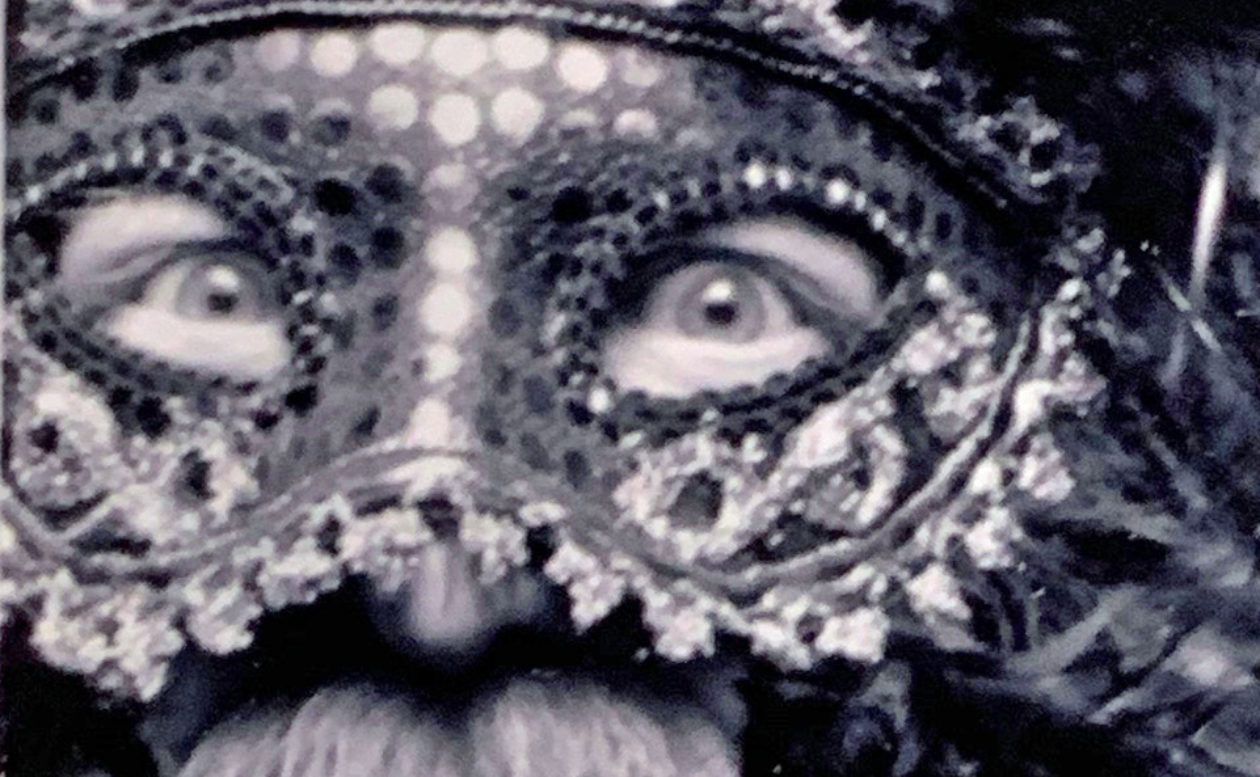When I was 14 (or near that) our family took a trip East. A little piece of Pennsylvania made a pretty big impact on me. I think it was the first time I was exposed up-close to a culture other than what was offered in Charlotte, Michigan and greater Eaton County. They have been referred to by others as the “Pennsylvania Dutch.” In a broader sense they are Amish. So much of this culture is interesting to me and the memories from the trip are strong so to pass a little of it along, I’ve been doing a series of “Pennsylvania Dutch Hex Symbols.” (Surprise: They don’t have any thing with the Dutch or Hexes.)
This offering is a popular representation of the “Distlefink.” The distlefink legend, as I understand it, began with the early immigrant farmers who had new fields infested with thistles. The goldfinch’s appetite for thistle seed, helped with this problem. The story goes that the farmer called it the “Thistlefinch” and due to his strong German accent it sounded like “Distlefink” to others. This symbol, often painted on barns represents hopes for good luck and good fortune.
[137]

